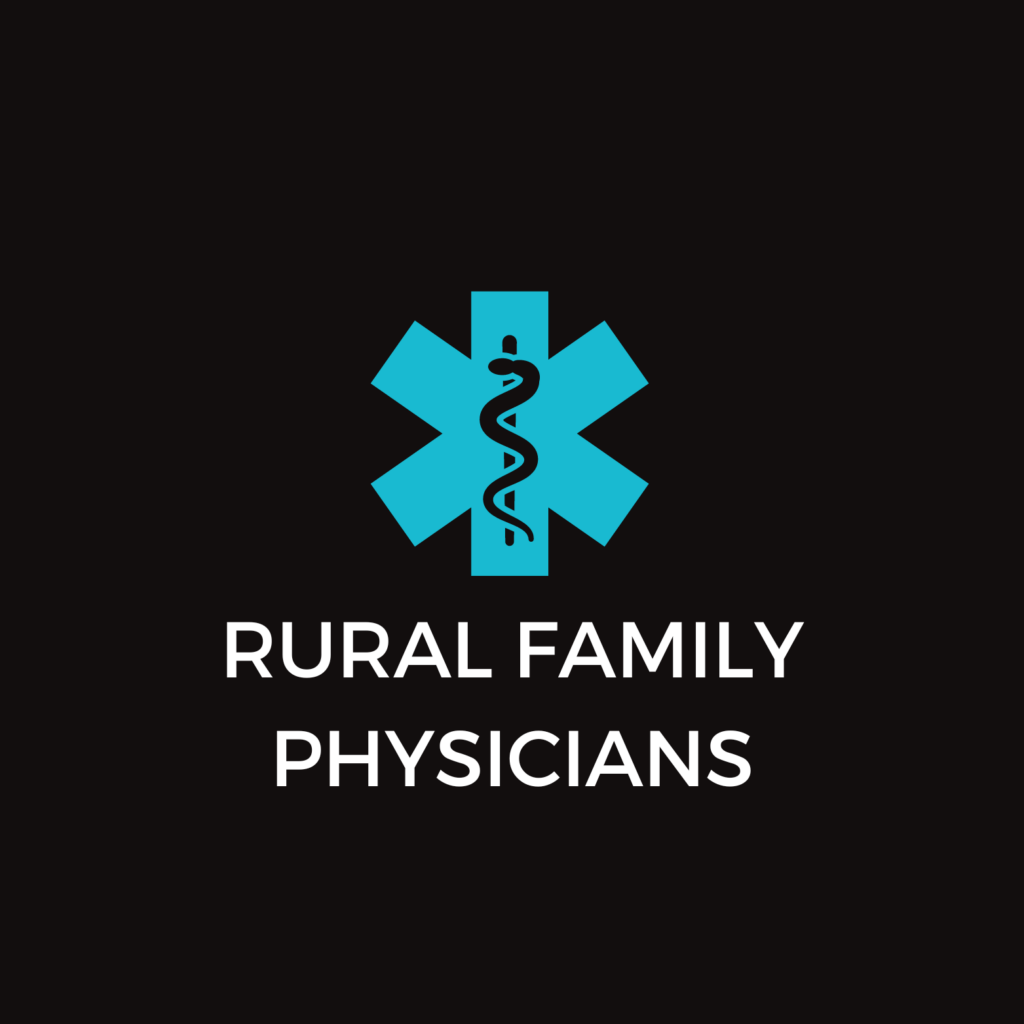Policy Options to Cut Emergency Department Costs
0 Comments
For nearly 50 years, emergency rooms have been fingered as a major source of excessive healthcare costs. And while some newer research has challenged the idea that a large proportion of patients visit the emergency room for routine problems, many payers and policy makers continue to focus on these patients as a major source of wasteful spending.
For a new study published in The Journal of the American Medical Association, researchers reviewed the records from almost 35,000 patient visits to emergency departments across the country. In just 6 percent of cases, the patient was discharged and could have been treated in a healthcare provider’s office.
History has shown that limiting payments based on discharge diagnoses has been largely unsuccessful. However, other policy options are being tested around the country. Beginning last summer, emergency departments in Washington state established programs to educate patients on how to access care, as well as other measures designed to improve care, including statewide guidelines on prescribing narcotics, shared electronic health and prescription information, and regularly updated reports on how emergency department resources are utilized. The policy has already resulted in significant changes and a projected savings of over $31 million by the end of the fiscal year. Read more here.



